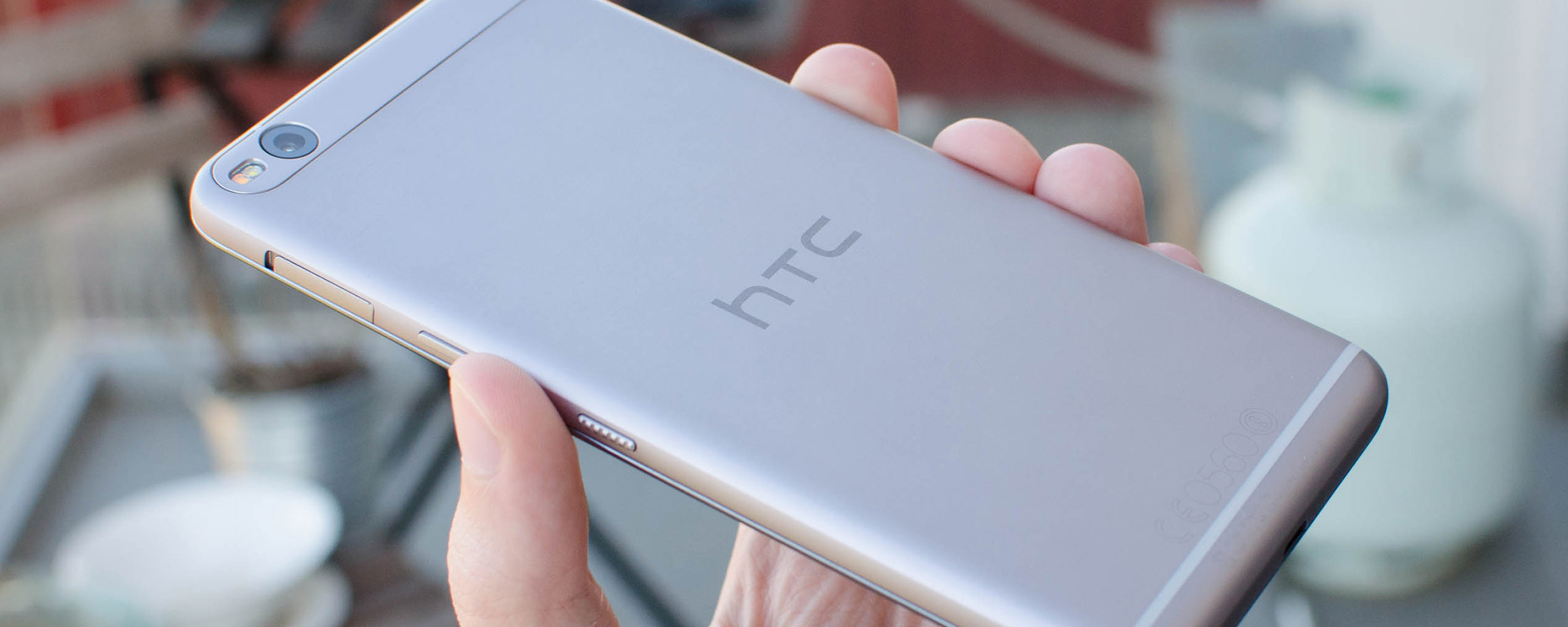What Went Wrong?
I'm sorry, HTC, but the One X9 is not a good smartphone. For about $340 - though not officially available in North America - there is no reason to purchase it.
Many aspects of the One X9 fall short of the mark. The design, while partially metal, is confused and lacks the sleekness of HTC's typically excellent smartphone bodies. The dual front-facing speakers are outstanding, but are not enough to save the rest of the design.
The display also falls short of my expectations. It's a 5.5-inch 1080p panel, yet its quality falls behind the Moto G4, a key competitor to the One X9. Brightness and viewing angles are below average, while color performance is lackluster and fails to even cover the sRGB spectrum. I expect better for the price.
Performance is interesting. The MediaTek Helio X10 SoC is a capable mid-range SoC with performance that exceeds the Qualcomm Snapdragon 617. However, you can readily find older flagships with Snapdragon 808 or 810 SoCs inside at a similar price to the One X9, and naturally both of these high-end Qualcomm chips are faster. Storage performance also fails to impress, particularly sequential read and write speeds which are well below average.
You can add both the front and rear cameras to the collection of lackluster hardware. The 13-megapixel sensor on the back only delivers quality shots in strong lighting, and falls away significantly in lesser light, despite the inclusion of optical image stabilization.
The Moto G4 Plus is ~$100 cheaper yet delivers better image quality across the board. As for the front camera, it's surprisingly poor for a mid-range phone and is rarely capable of a good photo in low light, which is a critical environment for selfies.
The 3,000 mAh battery doesn't post impressive results for its size, and gets comfortably beaten by the Moto G4 Plus, which has the same size display and battery. In general use this translates to mediocre battery life, and I expect much better from a mid-range device.
I haven't discussed the software on the HTC One X9 in detail because it's essentially identical to what we saw on the HTC 10: Android 6.0 plus the latest version of Sense. I like HTC's Android skin: its design fits in well with the rest of Android, there isn't a ton of feature bloat, and its visually appealing.
There's a bit more bloatware on the One X9, there are some slight design tweaks, and fewer features, but my review of the HTC 10 should give some greater insight into what to expect.
HTC doesn't have a good track record with Android software updates, and the One X9 is still stuck on the Android security patches from April. I doubt this phone will get prompt software updates.
The One X9 is just too expensive for what it provides. The Moto G4 is a better phone and it's just $200, while the Nexus 5X is available for under $300. Both are cheaper and significantly better than the One X9 across the board. Even in Australia (where the One X9 is widely available) its AU$480 price makes it hard to recommend over the aforementioned devices, both which are at least $80 cheaper.
This makes the One X9 a disappointing offering, and another nail in the coffin for mid-range smartphones. At the high-end, HTC has a really compelling device in the HTC 10, but this success hasn't trickled down to the company's cheaper devices.
score
Pros: Decent front facing speakers. HTC's software offering is respectable.
Cons: Clumsy design with a lackluster display. Weak camera despite OIS. Below average battery life. Poor value for money.




